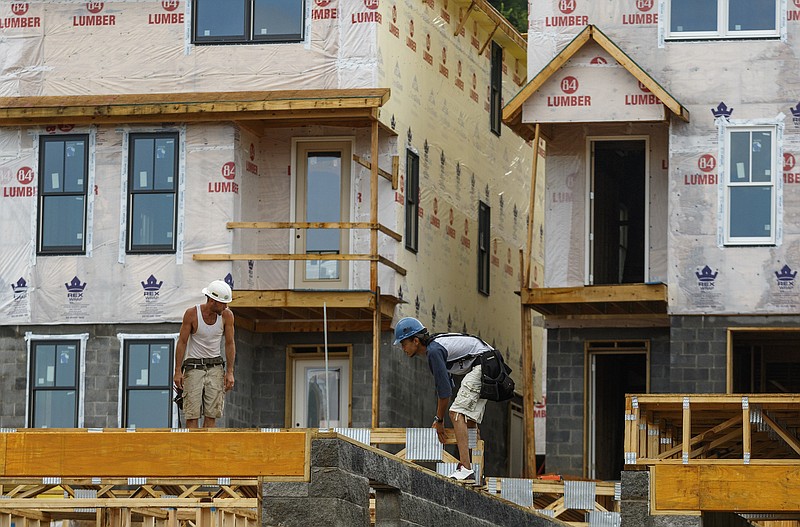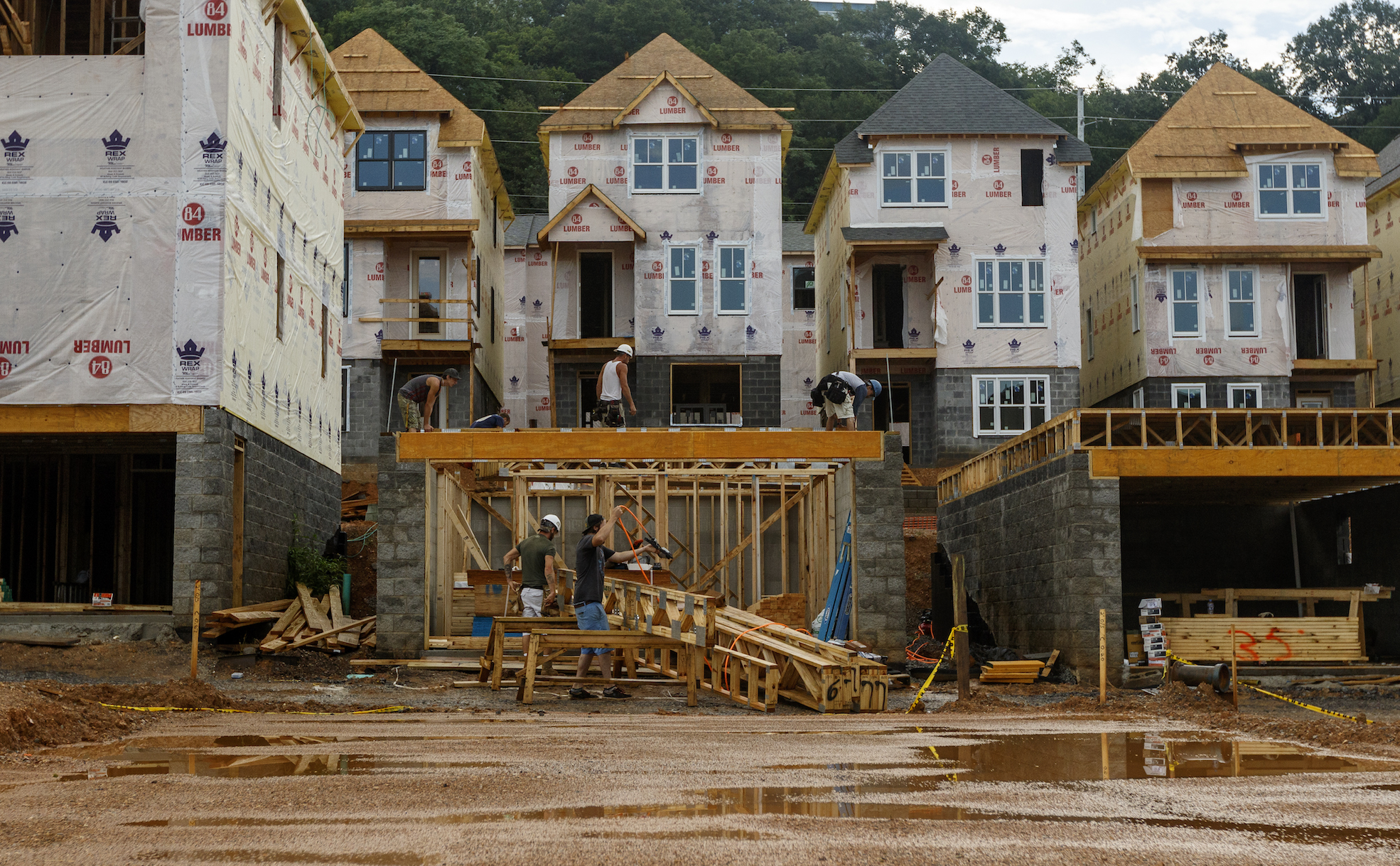Downtown Chattanooga's lack of housing four years ago offered little to people who sought to reside close to their central city jobs and a growing slate of eateries, retail space and amenities.
But an array of new housing downtown, coupled with a strengthening local economy, is helping fuel a faster pace of population growth in Chattanooga, according to U.S. Census Bureau data and city officials.
New census estimates show the city of Chattanooga gained nearly 2,000 more people in 2017 - the most for any year since 2010. The growth rate last year of about 1.1 percent was the best among Tennessee's four biggest cities, the data show.
The 2017 estimate of 179,139 people living in Chattanooga, not including Hamilton County, puts the city nationally just behind Newport News, Virginia; Fort Lauderdale, Florida; and Providence, Rhode Island.
Numbers rising
Chattanooga’s change in population over the years:› April 1, 2010 census: 167,674› 2010: 170,586› 2011: 172,008› 2012: 173,637› 2013: 174,762› 2014: 174,429› 2015: 175,849› 2016: 177,208› 2017: 179,139Source: U.S. Census Bureau estimates
That's up from 167,674 people who lived in Chattanooga as of the April 1, 2010 census.
Chattanooga Mayor Andy Berke said it's not just downtown that's growing, but the city's other neighborhoods are as well as evidenced by an increase in building permits.
"We're seeing growth throughout the city," he said. "We want sustainable growth that powers our economy."
Charles Wood, the Chattanooga Area Chamber of Commerce's vice president for economic development, said jobs drive a lot the population growth at the end of the day.
"That's the big attraction," Wood said.
He said there's a lot of in-bound migration from cities such as Atlanta and Nashville as people seek a balance of economic opportunity and quality of life.
"Right now, we're firing on all cylinders," he said.
Kim White, who heads the downtown nonprofit redevelopment group River City Co., said a 2014 market study showed a need for 2,300 living units in the city's core.
"Part of the issue before 2016 was we didn't have any housing stock," she said.
White said an earlier study showed that only 3 percent of people who worked downtown were living in the central city.
"Our goal is to get that up to 10 percent," she said, adding that with more housing planned to come on line in the next year or two, she's interested in seeing the future population numbers in the city.
Berke said Chattanooga is "a hot place to live right now."
"National publications feature us on a regular basis," he said.
Just last week, The New York Times featured the city in an article headlined "36 hours in Chattanooga." It said Chattanooga "has transformed itself in recent decades from an unassuming town to a hyper clean, high-tech ... outdoorsy family destination."
While Chattanooga is growing, other cities are seeing even bigger population gains, particularly in Middle Tennessee.
Franklin, outside Nashville, was among the 15 fastest-growing cities of 50,000 population or more in the United States, according to the estimates. Franklin's increase from 2016 to 2017 was 4.9 percent to 78,321 people.
Tennessee cities
2017 U.S. Census Bureau estimates and growth rates from 2016 for the state’s biggest cities:› Chattanooga: 179,139, up 1.1 percent› Knoxville: 187,347, up 1 percent› Nashville-Davidson: 667,560, up 0.5 percent› Memphis: 652,236, down less than 1 percentOther citiesWith populations of 50,000 or above:› Franklin: 78,321, up 4.9 percent› Murfreesboro: 136,372, up 3.8 percent› Clarksville: 153,205, up 2.5 percentSource: U.S. Census Bureau estimates
Murfreesboro posted a growth rate of 3.8 percent to 136,372. Clarksville came in with a 2.5 percent gain in 2017 to 153,205.
In terms of Chattanooga's future, Wood said the city can't become complacent. He cited the work done in the past, such as developing Enterprise South industrial park more than a decade ago, which is showing benefits today with companies such as Volkswagen and Amazon.
"We need to look to the future, make sure we maintain that balance of a quality of life and economic opportunity," he said. "Those who haven't benefited in the past, we need to bring them along, too."
Berke said the city needs to continue "the high quality of life" that has brought people to Chattanooga in the first place.
He cited downtown's Innovation District as "a great driver of talent."
White said that more people living downtown will attract even more amenities.
"We're able to attract more services to downtown, which attract more people," she added.
Contact staff writer Mike Pare at mpare@timesfreepress.com or 423-757-6318. Follow him on Twitter @MikePareTFP.

